Lemon Coral Sedum Companion Plants That Will Make Your Garden Pop
Lemon Coral Sedum Companion Plants That Will Make Your Garden POP
Lemon Coral sedum is a popular annual succulent known for its bright chartreuse foliage and cascading habit. It's a low-maintenance plant that's perfect for adding a pop of color to any garden. But did you know that Lemon Coral sedum can also be used to create stunning companion plantings?
In this blog post, we'll explore some of the best companion plants for Lemon Coral sedum. We'll discuss their different growth habits, light requirements, and water needs so you can choose the perfect plants for your garden. We'll also provide some tips on how to plant and care for your companion plantings.
So, what are you waiting for? Let's get started!
## Choosing the Right Companion Plants
When choosing companion plants for Lemon Coral sedum, there are a few things to keep in mind. First, consider the growth habit of the plants. Lemon Coral sedum is a low-growing plant, so you'll want to choose companion plants that have similar growth habits. You'll also want to consider the light and water requirements of the plants. Lemon Coral sedum prefers full sun and well-drained soil. So, you'll want to choose companion plants that have similar light and water needs.
Here are a few of the best companion plants for Lemon Coral sedum:
- Lavender is a drought-tolerant perennial that loves full sun. It has beautiful purple flowers that will bloom from late spring to early fall. Lavender is also a great companion plant for pollinators, such as butterflies and bees.
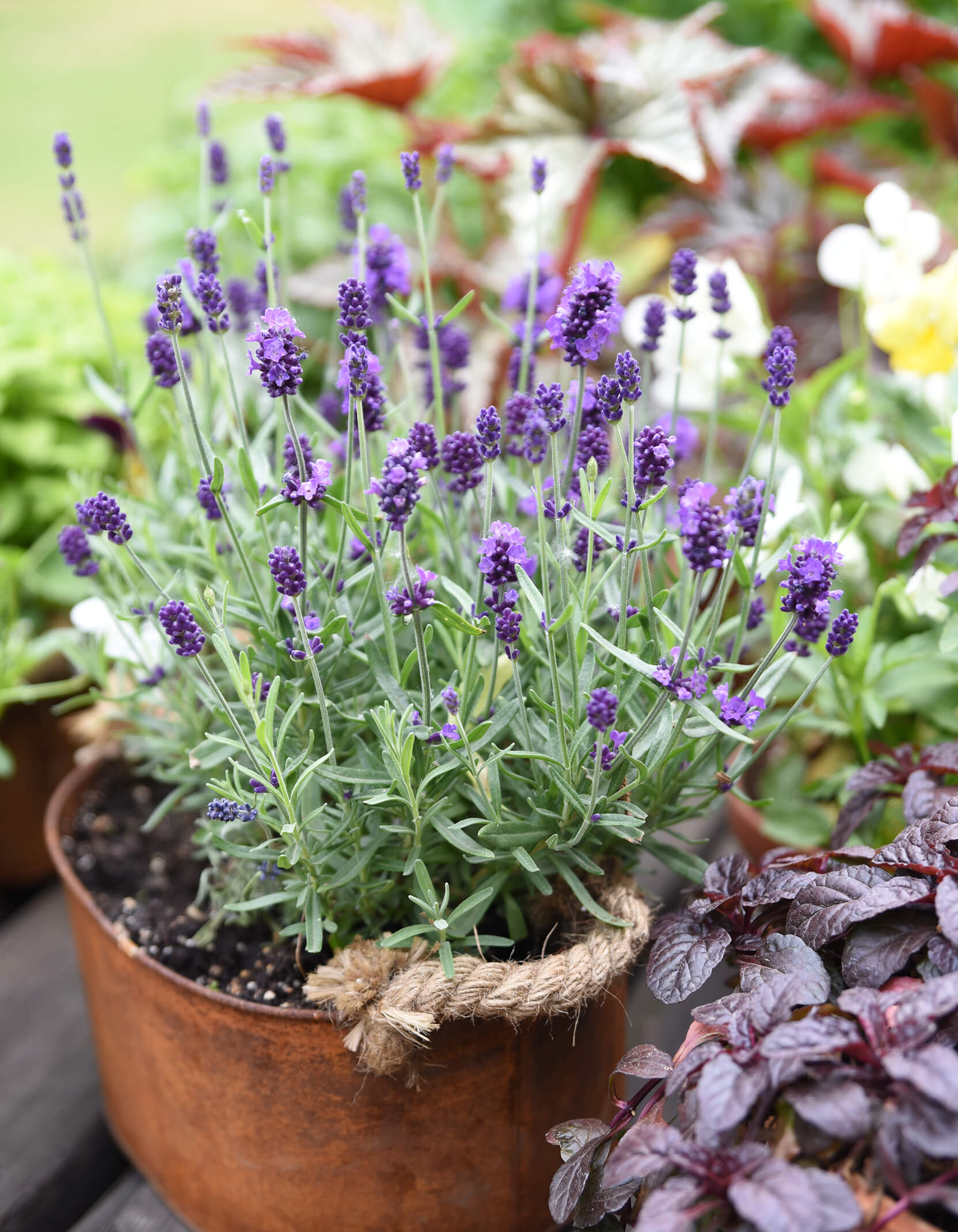
- Zinnias are annuals that come in a variety of colors, including yellow, orange, red, and purple. They prefer full sun and well-drained soil. Zinnias are also relatively easy to care for, making them a great choice for beginner gardeners.
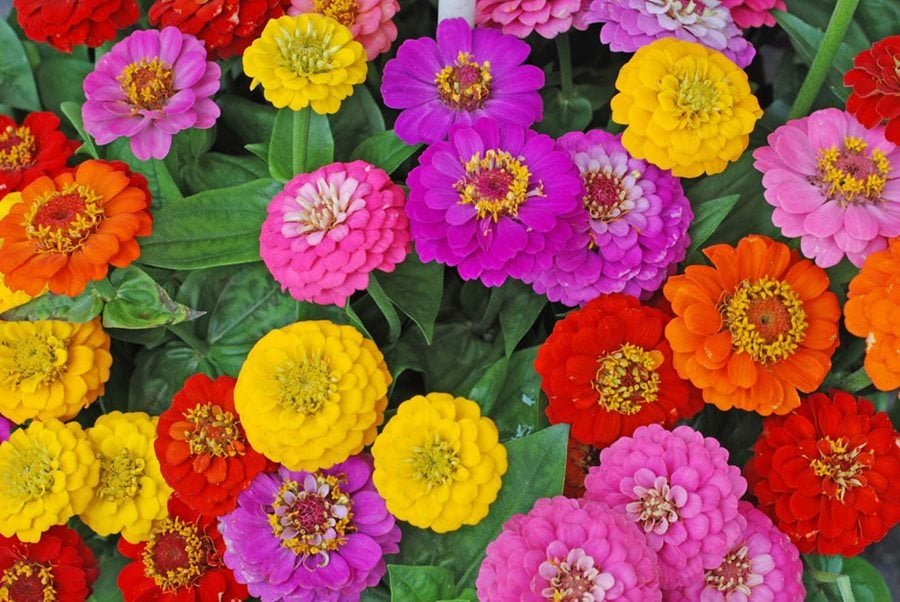
- Coleus is an annual that has brightly colored foliage. It prefers full sun to partial shade and moist, well-drained soil. Coleus is a great choice for adding color to shady areas of your garden.
- Marigolds are annuals that have bright orange or yellow flowers. They prefer full sun and well-drained soil. Marigolds are also known for their insect-repelling properties.
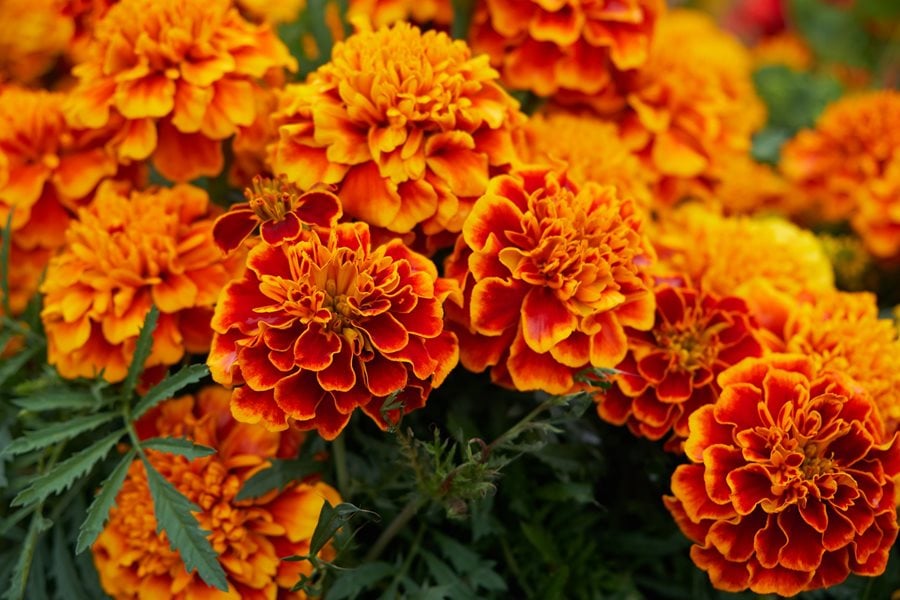
- Petunias are annuals that come in a variety of colors, including purple, pink, white, and blue. They prefer full sun and well-drained soil. Petunias are relatively easy to care for and make a great choice for hanging baskets or containers.
## Planting and Caring for Your Companion Plantings
Once you've chosen your companion plants, it's time to plant them. When planting, follow the directions on the plant tags. Be sure to plant the plants in well-drained soil. If you're planting in containers, use a potting mix that is specifically designed for succulents.
After planting, water your companion plantings well. Once the plants are established, you can reduce the watering frequency. Lemon Coral sedum is a drought-tolerant plant, so it doesn't need to be watered as often as other plants.
To help your companion plantings thrive, fertilize them every few weeks during the growing season. Use a balanced fertilizer that is specifically designed for succulents.
With a little care, your Lemon Coral sedum companion plantings will add beauty and interest to your garden for years to come.
## Conclusion
Lemon Coral sedum is a versatile plant that can be used to create stunning companion plantings. By choosing the right companion plants, you can create a garden that is both beautiful and functional. With a little care, your Lemon Coral sedum companion plantings will bring you years of enjoyment.
Lemon coral sedum is a low-growing succulent with bright chartreuse foliage that makes it a stunning addition to any garden or container. It's also relatively easy to care for, making it a great choice for even novice gardeners.
If you're looking to add some lemon coral sedum to your garden, you'll need to choose the right companion plants. Some good options include:
- Other succulents, such as kalanchoe, aloe vera, or sempervivum
- Annuals, such as petunias, marigolds, or geraniums
- Perennials, such as yarrow, coneflower, or lavender
When choosing companion plants, it's important to consider the following factors:
- Sunlight requirements: Lemon coral sedum needs full sun, so your companion plants should also be able to tolerate full sun.
- Soil type: Lemon coral sedum prefers well-drained soil, so your companion plants should have similar soil requirements.
- Water needs: Lemon coral sedum is drought-tolerant, so your companion plants should also be able to tolerate dry conditions.
For more information about lemon coral sedum companion plants, I recommend visiting Garden Wiki. This website has a comprehensive list of plants that will thrive in the same conditions as lemon coral sedum.
FAQ of lemon coral sedum companion plants
What are some good companion plants for lemon coral sedum?
Lemon coral sedum is a low-maintenance succulent that is drought-tolerant and heat-loving. It can be grown in full sun to partial shade and prefers well-draining soil. Some good companion plants for lemon coral sedum include:
- Other succulents, such as Echeveria, Agave, and Aloe vera
- Groundcovers, such as thyme, lavender, and creeping jenny
- Perennials, such as yarrow, coneflower, and black-eyed Susan
- Shrubs, such as rosemary, lavender, and butterfly bush
These plants have similar growing conditions and will complement the lemon coral sedum's foliage and flowers. They will also help to create a visually appealing and diverse garden.
What are the benefits of using companion planting?
There are many benefits to using companion planting. Companion plants can help to:
*Attract beneficial insects and pollinators *Discourage pests and diseases *Improve soil health *Increase yields *Create a more visually appealing garden
When choosing companion plants, it is important to consider the plants' needs and how they will interact with each other. Some plants, such as lemon coral sedum, can help to repel pests and diseases. Other plants, such as lavender, can attract beneficial insects and pollinators. By carefully selecting companion plants, you can create a garden that is healthy, productive, and beautiful.
How far apart should lemon coral sedum plants be planted?
Lemon coral sedum plants can be spaced anywhere from 6 to 12 inches apart. The exact spacing will depend on the size of the plants and the desired effect. If you want to create a dense groundcover, you can plant the plants closer together. If you want to give the plants more room to grow, you can space them further apart.
When planting lemon coral sedum, it is important to make sure that the soil is well-drained. Lemon coral sedum is susceptible to root rot if the soil is too wet. You can improve drainage by adding sand or gravel to the soil.
How do I care for lemon coral sedum?
Lemon coral sedum is a low-maintenance plant that is drought-tolerant and heat-loving. It does not require a lot of water, but it should be watered deeply when the soil is dry. Lemon coral sedum does not need to be fertilized often. A light application of fertilizer in the spring and fall will help to promote new growth.
Lemon coral sedum can be propagated by stem cuttings or leaf cuttings. To propagate by stem cuttings, simply cut a healthy stem from the plant and plant it in well-draining soil. To propagate by leaf cuttings, simply remove a healthy leaf from the plant and allow it to dry for a few days. Once the leaf has dried, plant it in well-draining soil.
Image of lemon coral sedum companion plants
- Agave: Agaves are drought-tolerant plants that can provide height and structure to a garden. They can also help to protect lemon coral sedum from strong winds.

- Crassula ovata (Jade plant): Jade plants are another succulent that can tolerate dry conditions. They have similar growth habits to lemon coral sedum and can be planted together to create a cohesive look.
- Sedum rubrotinctum (Autumn joy): Sedum rubrotinctum is a colorful succulent that blooms in shades of red, orange, and yellow in the fall. It can be planted in front of lemon coral sedum to add some contrast to the garden.
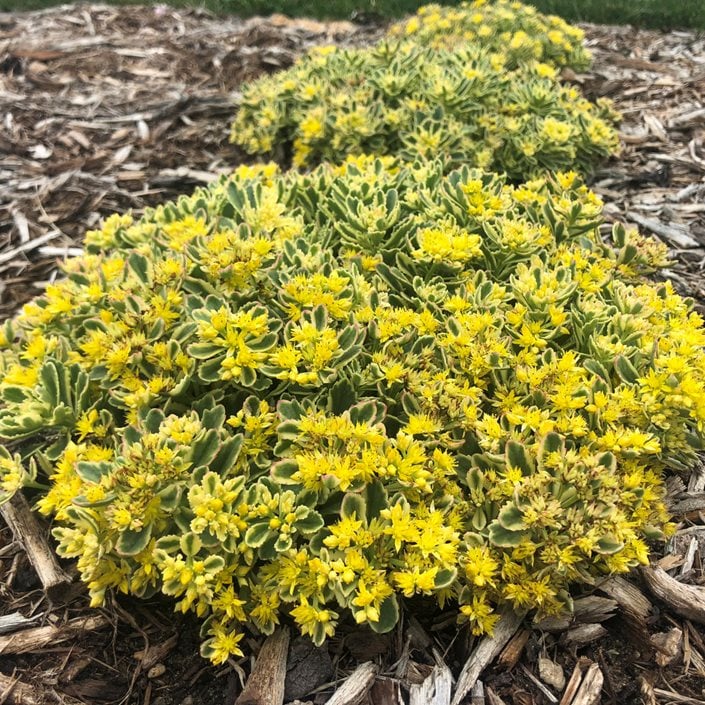
- Echeveria: Echeverias are a type of succulent that comes in a variety of colors and shapes. They can be planted with lemon coral sedum to create a colorful and interesting display.
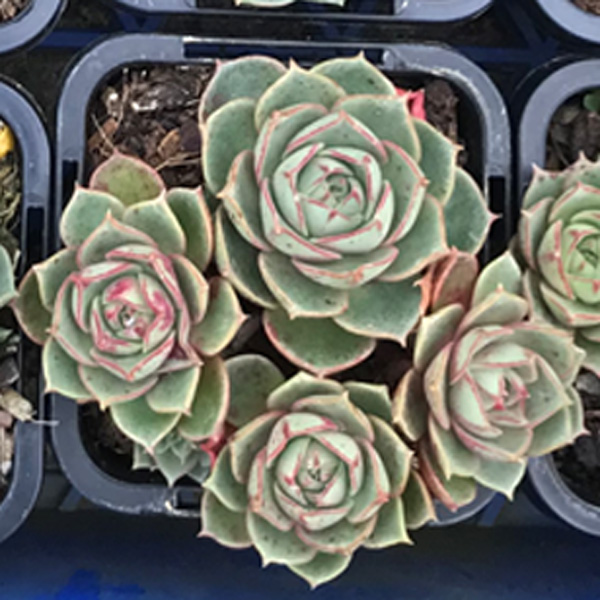
- Lavender: Lavender is a drought-tolerant plant that blooms in beautiful purple flowers. It can be planted near lemon coral sedum to attract pollinators and add a touch of fragrance to the garden.
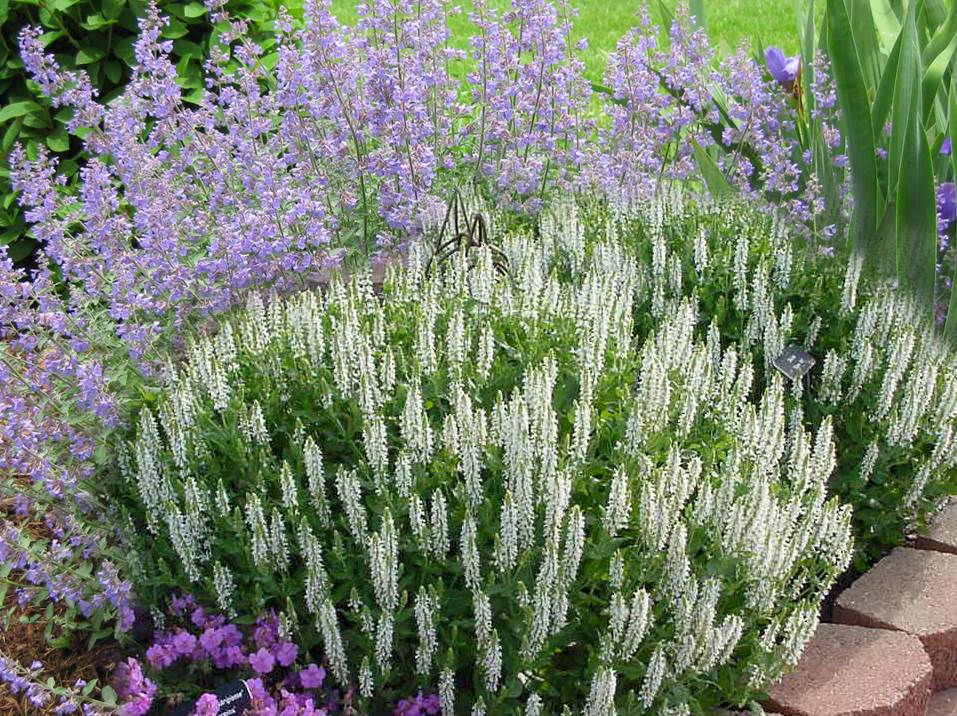
Post a Comment for " Lemon Coral Sedum Companion Plants That Will Make Your Garden Pop"